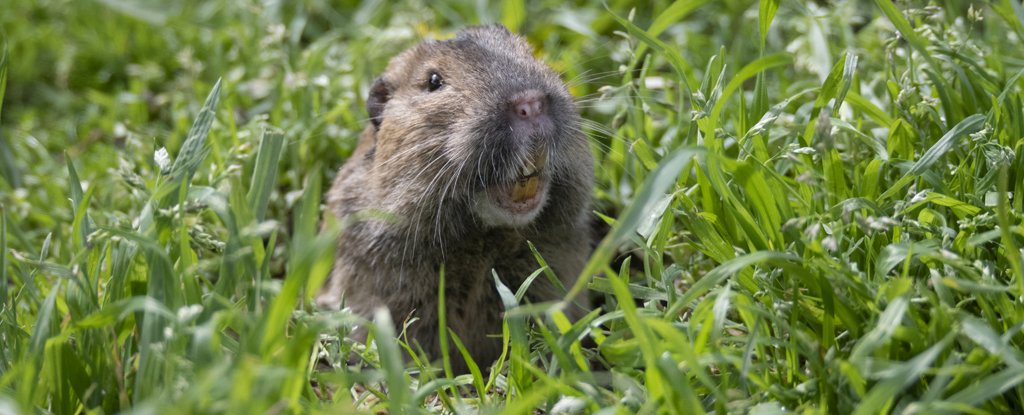Products You May Like
It was thought that humans were unique amongst mammals when it came to farming – but depending on how strict we are with definitions, it turns out we might not be alone when comes to tending the land to grow food.
Scientists have discovered that pocket gophers (Geomys pinetis) also practice a form of agriculture.
Measurements on a field containing burrows built by the little critters suggest they don’t just harvest the longleaf pine roots that grow into their homes – they cultivate them.
At hundreds of meters long, those winding tunnels are continuously modified and reworked. Not to mention fertilized.
While there’s some scientific debate around what constitutes farming and what doesn’t, the researchers behind the new study point out several clear indications that the gophers know what they’re doing when it comes to root management.
“Southeastern pocket gophers are the first non-human mammalian farmers,” says biologist Francis Putz, from the University of Florida. “Farming is known among species of ants, beetles, and termites, but not other mammals.”
The gopher research project was inspired by sewer pipes, which are often put under pressure by root growth. The team was keen to see whether roots were also continually trying to invade the tunnels that gophers live in, and how the rodents might cultivate the food source in tunnels that have already been made, as well as new burrows.
By studying root growth in an isolated part of a gopher network tunnel, the researchers calculated that the root growing into the tunnel network could provide 20-60 percent of the daily calories needed by the creatures – and it takes a lot of energy to maintain these underground networks.
Once the roots hit the burrows, their growth is encouraged through gopher poop and pee. While it might not be the most sophisticated form of farming, the researchers suggest that it counts something akin to what human beings do.
It’s also clear that the animals spend time and energy to defend their crops. In other words, the maintenance of the burrows and the management of conditions where roots can continue to grow are what makes this a form of farming.
“They’re providing this perfect environment for roots to grow and fertilizing them with their waste,” says zoologist Veronica Selden, from the University of Florida.
The roots poking into the tunnels are the only food source that the gophers have, and they rarely interfere with human activities. They’re also important “ecosystem engineers” the researchers say – aerating the soil as they burrow and returning nutrients to the surface.
Some experts would argue that proper farming requires the act of actually planting crops, as well as helping them to grow and harvesting them – but the team behind the research points out that this hasn’t always been the case with human farming.
Forest fruit trees are one example of farming where crops are carefully managed rather than planted, and the same could be said of any perennial crop that grows on its own. Under that definition, gophers can join the farming club.
“Planting the crop, for some people, is what constitutes agriculture,” says Putz. “I think the whole issue is intellectually exciting because it’s not really settled.”
The research has been published in Current Biology.
